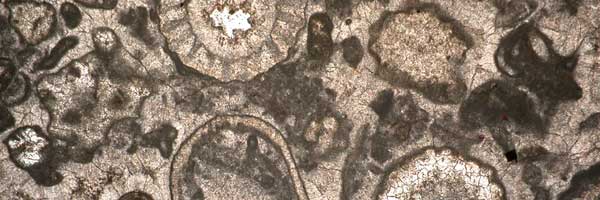Microplastics Awareness Project
Each time you wash your face or brush your teeth, you just may be adding microscopic bits of plastic into the aquatic environment. These tiny particles never biodegrade and are accidentally eaten by marine life, threatening their health. Toxins in the environment are attracted to and can easily adhere to their surface. The Florida Microplastic Awareness Project (FMAP) is a citizen-science project that was funded in 2015 by an outreach and education grant from NOAA's Marine Debris Program. Volunteer citizens are collecting coastal water samples, filtering them and looking for microplastics.












